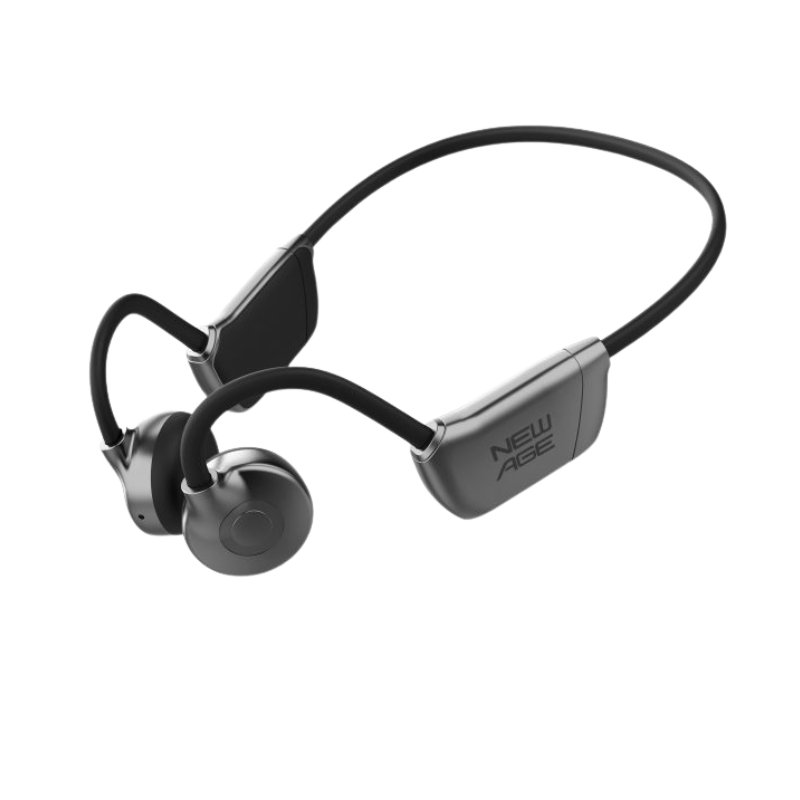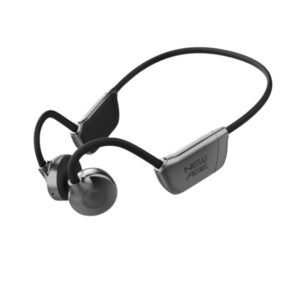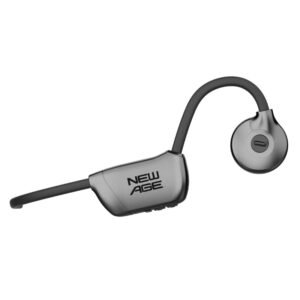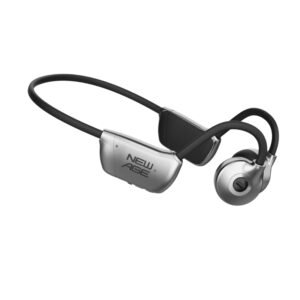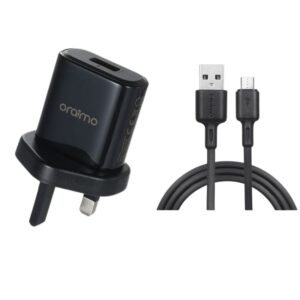New Age Fusion – Bone Conduction Headphones
Understanding Bone Conduction Technology
Bone conduction technology represents a significant advancement in audio transmission methods by allowing sound to bypass the traditional pathways of the ear. In conventional hearing, sound waves enter the ear canal, vibrate the eardrum, and are then transmitted through the ossicles to the inner ear. However, with bone conduction, sound is delivered directly through vibrations transmitted via the bones of the skull, reaching the cochlea without involving the eardrum.
The anatomy of the auditory system plays a crucial role in understanding this technology. The inner ear comprises delicate structures responsible for processing sound waves; bone conduction headphones utilize these by converting audio signals into vibrations that travel through the bones. By placing the headphones against the cheekbones or temples, users can experience sound directly transmitted to the inner ear, making it a groundbreaking alternative to conventional headphones.
One notable advantage of bone conduction headphones is their ability to preserve situational awareness. Because ear canals remain open, users can simultaneously stream audio while also being aware of their surroundings—a significant benefit for outdoor activities like running or cycling. Additionally, these headphones are particularly suitable for individuals with eardrum damage or hearing impairments, as they bypass the parts of the ear that may be compromised.
However, this technology does come with certain limitations. Sound quality may not match that of traditional headphones, as the vibrations can sometimes produce a less nuanced audio experience. Users may also encounter discomfort during prolonged wear, especially if the pressure is not evenly distributed across the bones. Understanding these aspects of bone conduction technology can help consumers make informed choices suited to their preferences and hearing needs.
The Benefits and Applications of Bone Conduction Headphones
Bone conduction headphones present a unique audio experience that diverges from traditional headphones. One of their primary benefits is safety, as these devices allow users to listen to music or take calls while remaining acutely aware of their surroundings. This feature is particularly advantageous for athletes and outdoor enthusiasts, who must stay vigilant to their environment, whether cycling, running, or hiking. Unlike conventional headphones that cover the ears and often block environmental sounds, bone conduction technology transmits sound vibrations through the bones of the skull directly to the inner ear, promoting auditory awareness.
Another significant benefit is their application for individuals with specific hearing impairments. Bone conduction headphones can serve as an alternative for those with conductive hearing loss or issues with the outer or middle ear, allowing them to experience sound without the need for traditional hearing aids. This has opened up new avenues for accessibility in auditory experiences, making sound more inclusive for various users.
The popularity of bone conduction headphones is also expanding within professional workplaces and during commutes. Many professionals appreciate being able to remain focused on their tasks while simultaneously being connected to their surroundings. This versatility makes them an appealing choice for office workers and people who frequently travel, allowing them to engage with colleagues or navigate busy environments without compromising audio quality.
As technology continues to advance, emerging trends indicate that bone conduction headphones will gain traction in various applications, including virtual reality and augmented reality. Their potential for enhancing immersive audio experiences signals a promising future for this innovative technology. Overall, the advantages and broad applications of bone conduction headphones underscore their growing relevance in daily life and professional settings, highlighting the evolving landscape of audio devices.
Related products
Accessories

